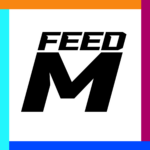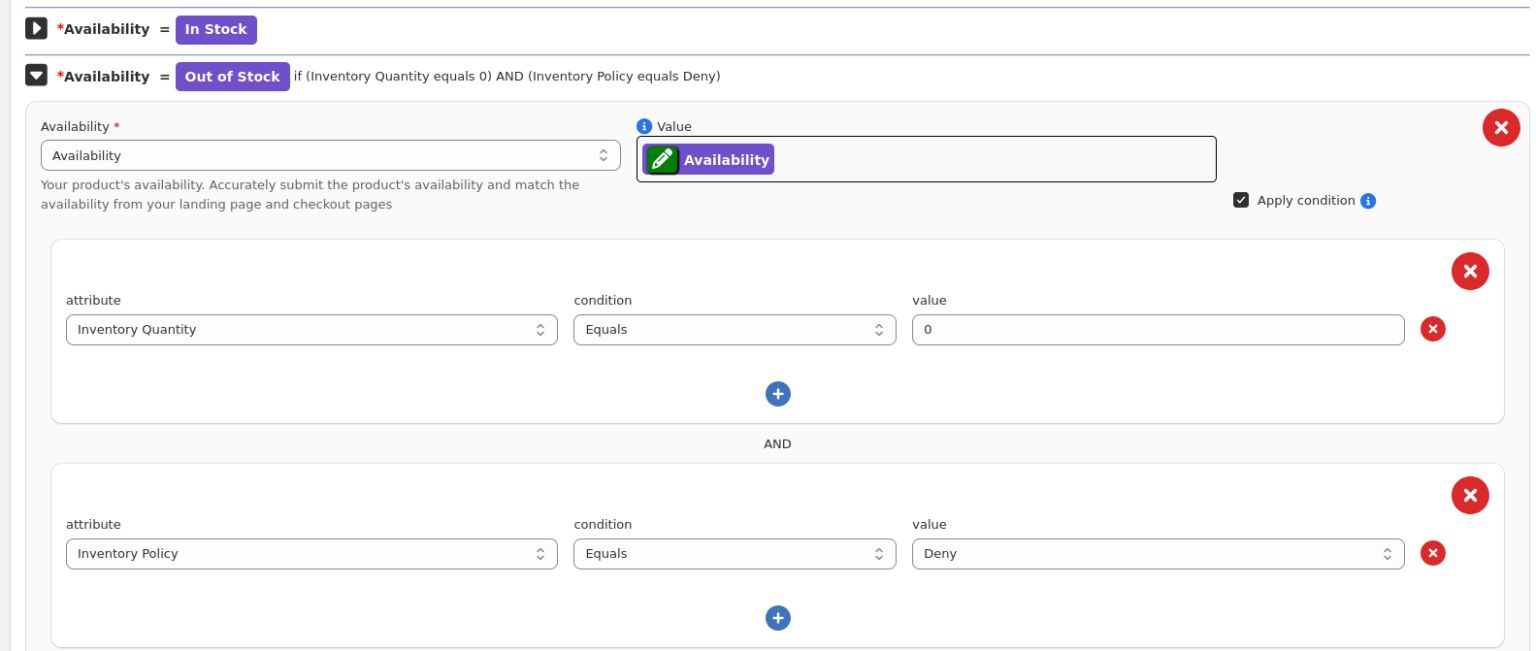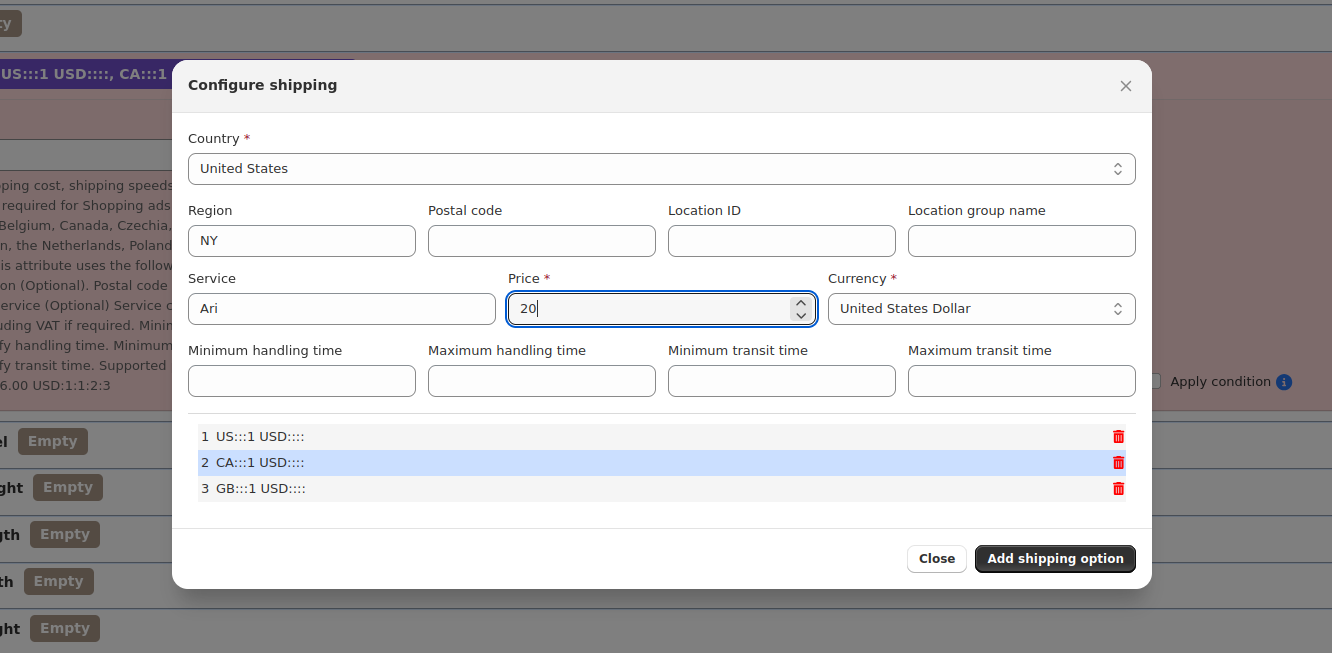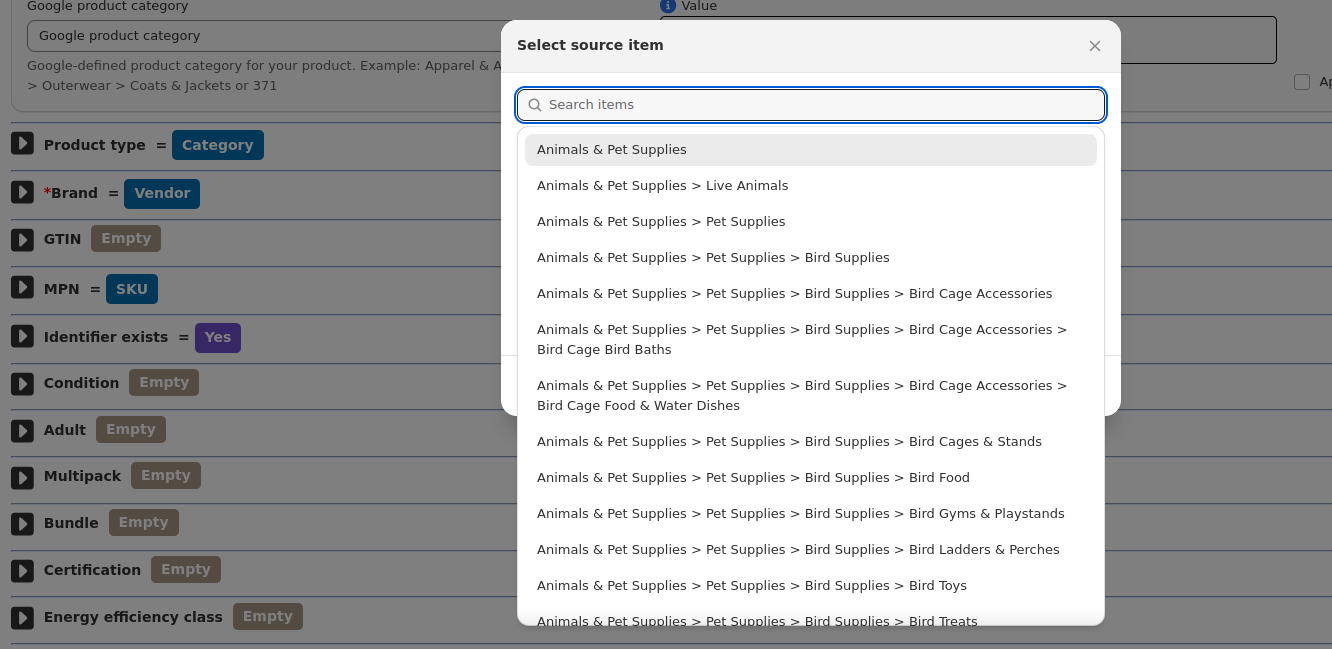
Maxify Feed >
For Google Shopping, eBay, TikTok, Facebook , Microsoft Shopping, and Custom Feeds
GROW YOUR BUSINESS QUICK
Get Immediate Access And Start Optimizing Your Product Feeds Within Minutes
APP KEY FEATURES
Attain full control and flexibility over each attribute of your product feed.
Real-Time Synchronization for eBay and Google Listings
Keep your product listings up to date with seamless real-time synchronization through API calls. Effortlessly sync your eBay and Google product data, ensuring your listings are always accurate and current without manual updates
Multiple Feed Format Support
Easily create product feed files in CSV, TSV, and XML formats. Whether you’re listing products on eBay, Google, Microsoft, TikTok, Facebook, or other platforms, our app ensures compatibility with all major feed formats
Advanced Product Filtering for Listings
Gain full control over which products are listed by using powerful filtering options. Choose the products to be included in your feeds based on various attributes, ensuring that only the most relevant items are promoted
Flexible Feed Value Creation
Enjoy unparalleled flexibility in creating feed values. You can use product properties, metafields (including variant-level data), product options, or custom strings, enabling you to tailor your product feeds precisely to your needs
Automatic Feed Value Modification
Simplify feed management by automatically modifying feed values with string or mathematical operations. Adjust your product data on the fly, ensuring your feed stays optimized for different platforms without extra manual work
Comprehensive Dashboard with Advanced Analytics
Gain valuable insights with our intuitive dashboard that offers detailed statistics. Monitor the performance of your feeds, track synchronization status, and analyze trends to help you make data-driven decisions and optimize your product listings
The app allows you to export products from your Shopify store to product listings, such as Google Shopping, through API integration (for Google and eBay) or file-based feed sources (for any product listing platform).
The benefit of using the API integration method is real-time synchronization of your products. However, this requires a more complex setup, as you need to connect the app to your account via the OAuth flow.
On the other hand, the file-based feed approach offers the convenience of exporting products with just two clicks. You’ll receive a feed file (in CSV, TSV, or XML format) that can also be repurposed for other uses.
The app’s key feature is its flexible input fields, which use a macro-based system. These fields dynamically resolve to specific product attributes (including metafields) during runtime. You can also modify field values—such as adding or subtracting numbers, changing the letter case of strings, or applying conditional logic. For example, the Availability field can be adjusted based on stock quantity and inventory policy, or the Adult value can be set according to a specific metafield.


Using the app to create feeds is like having an expert guide you through each step, eliminating the need to sift through complex documentation and saving you time. The app includes an advanced validation system and pre-built input templates for handling complex data, such as tax and shipping information. This ensures you don’t have to deal with the intricate data structures required by product listing aggregators.




HOW IT WORKS
FAQ
Start by installing the app. If you have less then 10,000 SKUs you can use this app for free. If you have more then 10K SKUs you can try the app for 60 days for free before you decide to pay for it. With this app you can:
1. send your specified Shopify products to your Google Shopping Feed. ( You can see this feed in your Google Merchant Center)
2. create product feed for TikTok, Facebook, Google Merchant Center, and Microsoft Shopping Center.
3. create custom feed by setting up column headers and export data in a format you need.
Check out this post to learn how to create direct API-based integration with Google Merchant Center
Check out this post to learn how to create file based feed
Check out this blog to learn how to modify feed data
Create profile(s) to target specific groups of Shopify products and send the groups to GMC, TikTok, Facebook or Microsoft Shopping Center, so later you can add, edit, or remove products from your feed without a hassle. For example, you might sell clothing and jewelry, and you want to have one profile for clothing and another for jewelry.
Check Video
Yes! You can push your product directly from Shopify to GMC via API integration. Here’s how:
- Create a profile: Set up a profile with just a few clicks and specify which products you want to send to GMC. Watch Video
- Upload Products: Click “Upload” to send your products to your GMC feed.
- Verify in GMC: Log in to your GMC account and check that all the desired products appear. If they don’t, review your feed settings.
If you prefer using an XML feed, you can create one and then add the XML feed URL to your GMC feed settings.
Yes, you can.
Follow the instructions of the specific marketplace to create XML, CSV, XLS, XLSX or TSV feed files.
For example, you might create product feeds to transfer data to QuickBooks or another system you use regularly.
- Customize your feed headers and field content according to your specific requirements.
- Once the feed is created, click the UPLOAD button. We will generate the feed file and provide you with a download link ( feed URL ).
- You can then click the feed URL to download the file or share the URL with your team.
Yes, we can ! Please reach out to us via email at our support email is email us.